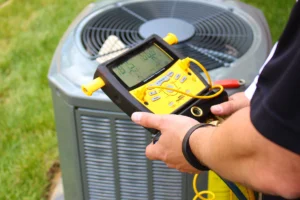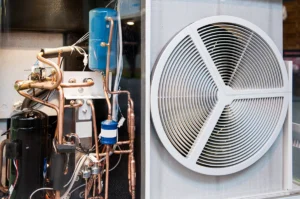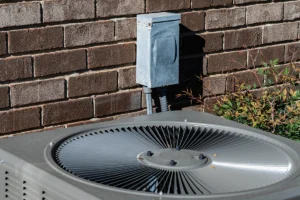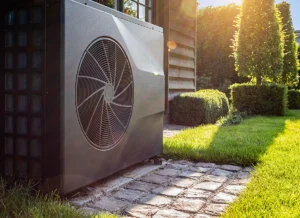When tackling the installation of a mini split system in your home or office, one of the first questions you might ask is, “What size mini split do I need?” It’s a crucial question because choosing the right size not only affects your comfort but also impacts energy efficiency and system longevity. In this comprehensive guide, we’ll walk you through the essential steps and considerations for selecting the perfect mini split size for your space, specifically tailored for residents and businesses in Vancouver, WA.
Understanding Mini Split Systems
Before diving into sizing, it’s essential to understand what a mini split system is and how it operates. Mini splits are ductless heating and cooling systems that allow you to control the temperatures in individual rooms or spaces. Unlike traditional HVAC systems that require ductwork throughout your building, mini splits are composed of an outdoor unit connected to one or more indoor units, each with independent controls.
The Importance of Correct Sizing
Now, you might wonder why it’s so critical to answer the question, “What size mini split do I need?” If the unit is too large, it will frequently turn on and off, a cycle known as short cycling, which consumes excessive energy and stresses the system. Conversely, a too-small system will constantly run, struggling to reach the desired temperature, leading to increased wear and high energy bills.
Step-by-Step Guide to Sizing a Mini Split
1. Calculate the Square Footage
The first step in determining the right mini split size for your space is to calculate the square footage of the area you want to heat or cool. Simply multiply the length and width of each room. For instance, a room that is 20 feet long and 15 feet wide will have 300 square feet.
2. Consider the Climate in Vancouver, WA
Vancouver, WA experiences a range of weather conditions, which can influence the efficiency and capacity needed from a mini split system. Typically, areas with milder climates require fewer BTUs (British Thermal Units) per square foot compared to regions with more extreme weather variations.
3. Account for Room Characteristics
Various factors can affect the heating or cooling load of a room. These include:
-
Insulation quality: Poorly insulated rooms need larger systems.
-
Number and size of windows: Windows can cause heat loss in winter and heat gain in summer.
-
Room occupancy: More people means more heat generated.
-
Electrical appliances: Devices that generate heat can affect temperature stability.
Choosing the Right Mini Split Size
Once you have a good understanding of the factors that affect sizing, you can begin to approximate the BTU capacity needed for your space. Here is a general guideline to help you start:
-
For mild climates like Vancouver, WA: Estimate 20-25 BTUs per square foot.
-
For rooms with high heat gain or poor insulation: Increase the capacity by 30-50%.
Common Room Sizes and Suggested Mini Split Sizes
-
300-350 sq ft: 9,000 BTUs
-
400-450 sq ft: 12,000 BTUs
-
550-600 sq ft: 18,000 BTUs
Remember, these are general estimates. For a detailed calculation tailored to your specific needs, consider consulting with a professional from Sub Zero Temp Control.
Installation Considerations
Choosing the Right Location
The placement of both the indoor and outdoor units of your mini split system can significantly impact its efficiency. Ensure the outdoor unit is away from any obstructions and the indoor unit is placed where air can circulate freely in the room.
Professional Installation
While some homeowners may consider DIY installation, professional installation by a certified technician, such as those at Sub Zero Temp Control, ensures optimal functionality of your mini split system. This is crucial for maintaining the warranty and ensuring the system’s longevity.
Maintenance Tips for Mini Splits
Regular maintenance is essential to keep your mini split operating at peak efficiency. This includes cleaning filters monthly, checking for leaks periodically, and having professional service at least once a year.
Summary
So, when you ask yourself, “What size mini split do I need?” remember that the answer depends on multiple factors, including your specific space characteristics and the climate in Vancouver, WA. Choosing the right size is essential for achieving maximum comfort, efficiency, and durability from your mini split system. For expert advice and installation, contact Sub Zero Temp Control, where professional guidance is just a call away.
By following this guide, you’ll be well on your way to enjoying the comfort and efficiency of a perfectly sized mini split system. Don’t hesitate to reach out to us at Sub Zero Temp Control for professional help to ensure you make the best choice for your unique needs.








